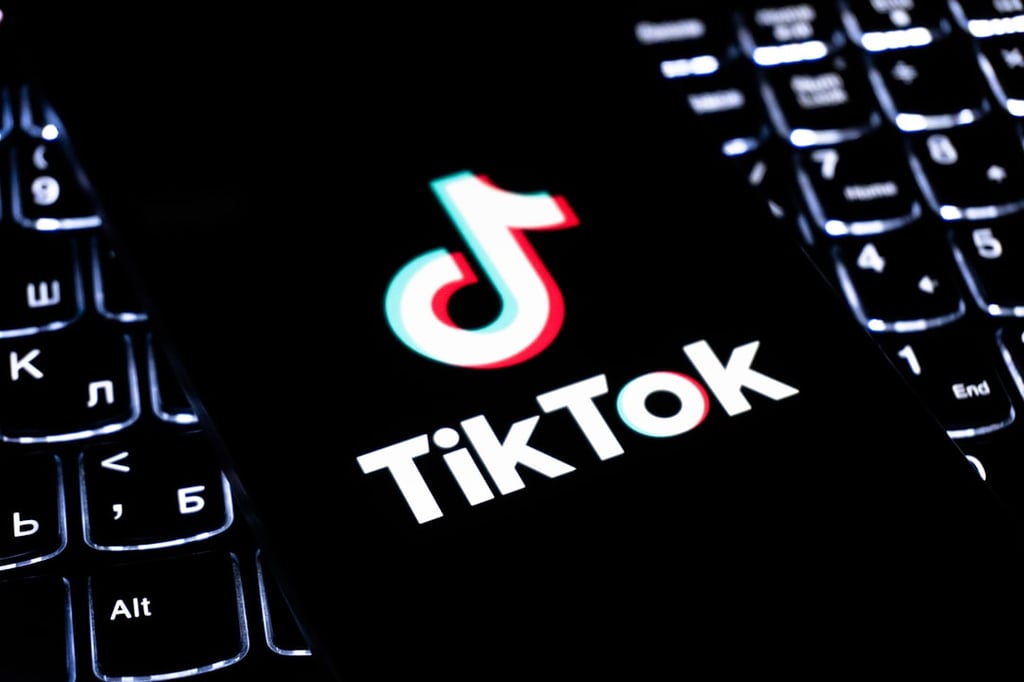Datamation content and product recommendations are
editorially independent. We may make money when you click on links
to our partners.
Learn More
Over the summer, Massachusetts-based Brix Networks caused a mild stir in VoIP circles when it issued a press release titled Internet Phone Quality Drops Significantly and Steadily over Last 18 Months. In it, the company contended that one in five broadband Internet calls proved unacceptable on the Mean Opinion Score (MOS) scale, a subjective measurement of call quality long established in the telephony industry. (MOS rates call quality from 1 (worst) to 5 (best), with the acceptability cutoff at 3.6.)
This week, Montreal-based competitor, Minacom Labs, responded with a press release titled Internet Phone Quality Improves Significantly and Steadily over the Last 12 Months. Not only has the quality of VoIP calls improved, says Minacom, it has outstripped traditional circuit-switched (PSTN) calls with a MOS score of 4.2 compared to an average of 3.9 for PSTN. Furthermore, the VoIP calls connected more quickly than PSTN calls in some parts of the world.
So, what’s the real story?
Reading down to the second paragraph of the Brix release, we get a clue. It announces the availability of a downloadable desktop readout applet for Brix’s www.TestYourVoIP.com facility. This is a website where visitors can click to run a test connection from their location to any one of seven cities—Boston, Helsinki, London, Montreal, San Jose, Sydney, and Vienna. The Java application running on the site then reports an MOS score for the specified connection. (At the time of this writing, only one city, Boston, shows an acceptable MOS rating of 3.6, the rest are in the unacceptable zone, ranging from 2.9 to 3.4.)
Brix’s press release pronouncements are based on approximately one million TestYourVoIP.com ratings compiled between late 2004 and mid-2006. According to Minacom, however, Brix’s test calls are all essentially PC-to-PC calls over the unmanaged Internet, calls you might make using a free VoIP service like Skype or Gizmo Project. (Brix spokesman John Ricciardone explained to VoIPplanet.com that this assessment wasn’t quite accurate, but didn’t press the point.)
The Minacom release points out that “PC-PC VoIP quality is subject to many diverse impairments, including firewall settings, computer performance, antivirus installations, high-compression codecs, and Internet bandwidth shared with gaming, file downloads, web surfing, and email.”
By contrast, VoIP offered by service providers is switched using telecom grade equipment, uses lower-compression codecs, and is prioritized over regular Internet traffic using sophisticated, standards-based multimedia telephone adapters (MTAs), maintained and monitored by the operator. It is over such managed broadband and cable lines—as well as the PSTN—that Minacom’s testing is run.
Minacom regularly updates its free QoS Benchmark Report with results from hundreds of test calls each month to public destinations worldwide over the PSTN and a number of IP-based network types, including broadband, DSL VoIP, and cable VoIP. (For what it’s worth, Brix’s Ricciardone pointed out that this is a much smaller sample than the one on which Brix’s conclusions were based—thousands of test calls, as compared to roughly a million.)
In any case, the latest Minacom results indicate—contrary to the Brix findings—only 1 in 10 VoIP calls worldwide—1 in 50 in North America—fall below the MOS acceptable threshold of 3.6, while 85 percent of VoIP calls exceeded the average MOS score for PSTN calls. In North America, PSTN calls still connect more quickly (4.3 seconds on average) than VoIP calls (5.7 seconds), but worldwide, VoIP calls connect nearly two seconds faster, on average, than PSTN calls. And that VoIP connection times are accelerating, having picked up two seconds over the past year.
All this should be heartening for those seriously considering adopting IP-based or hybrid phone systems. Minacom’s findings certainly undercut one of the traditional barriers to VoIP adoption: the notion that VoIP call quality is not up to the telcos’ “toll” standards.
So why the contradictory messages from two vendors in the same business?
They represent two sides of the same business-promotion coin: For VoIP to compete with traditional telephony, the IP networks carrying VoIP calls need to be accurately monitored and carefully managed. Both Brix and Minacom offer such services to service providers the world over.
This article was first published on VoIPPlanet.com.
-
Huawei’s AI Update: Things Are Moving Faster Than We Think
FEATURE | By Rob Enderle,
December 04, 2020
-
Keeping Machine Learning Algorithms Honest in the ‘Ethics-First’ Era
ARTIFICIAL INTELLIGENCE | By Guest Author,
November 18, 2020
-
Key Trends in Chatbots and RPA
FEATURE | By Guest Author,
November 10, 2020
-
Top 10 AIOps Companies
FEATURE | By Samuel Greengard,
November 05, 2020
-
What is Text Analysis?
ARTIFICIAL INTELLIGENCE | By Guest Author,
November 02, 2020
-
How Intel’s Work With Autonomous Cars Could Redefine General Purpose AI
ARTIFICIAL INTELLIGENCE | By Rob Enderle,
October 29, 2020
-
Dell Technologies World: Weaving Together Human And Machine Interaction For AI And Robotics
ARTIFICIAL INTELLIGENCE | By Rob Enderle,
October 23, 2020
-
The Super Moderator, or How IBM Project Debater Could Save Social Media
FEATURE | By Rob Enderle,
October 16, 2020
-
Top 10 Chatbot Platforms
FEATURE | By Cynthia Harvey,
October 07, 2020
-
Finding a Career Path in AI
ARTIFICIAL INTELLIGENCE | By Guest Author,
October 05, 2020
-
CIOs Discuss the Promise of AI and Data Science
FEATURE | By Guest Author,
September 25, 2020
-
Microsoft Is Building An AI Product That Could Predict The Future
FEATURE | By Rob Enderle,
September 25, 2020
-
Top 10 Machine Learning Companies 2020
FEATURE | By Cynthia Harvey,
September 22, 2020
-
NVIDIA and ARM: Massively Changing The AI Landscape
ARTIFICIAL INTELLIGENCE | By Rob Enderle,
September 18, 2020
-
Continuous Intelligence: Expert Discussion [Video and Podcast]
ARTIFICIAL INTELLIGENCE | By James Maguire,
September 14, 2020
-
Artificial Intelligence: Governance and Ethics [Video]
ARTIFICIAL INTELLIGENCE | By James Maguire,
September 13, 2020
-
IBM Watson At The US Open: Showcasing The Power Of A Mature Enterprise-Class AI
FEATURE | By Rob Enderle,
September 11, 2020
-
Artificial Intelligence: Perception vs. Reality
FEATURE | By James Maguire,
September 09, 2020
-
Anticipating The Coming Wave Of AI Enhanced PCs
FEATURE | By Rob Enderle,
September 05, 2020
-
The Critical Nature Of IBM’s NLP (Natural Language Processing) Effort
ARTIFICIAL INTELLIGENCE | By Rob Enderle,
August 14, 2020
SEE ALL
ARTICLES







